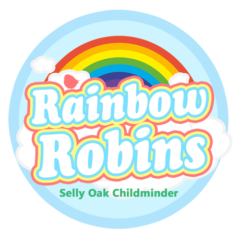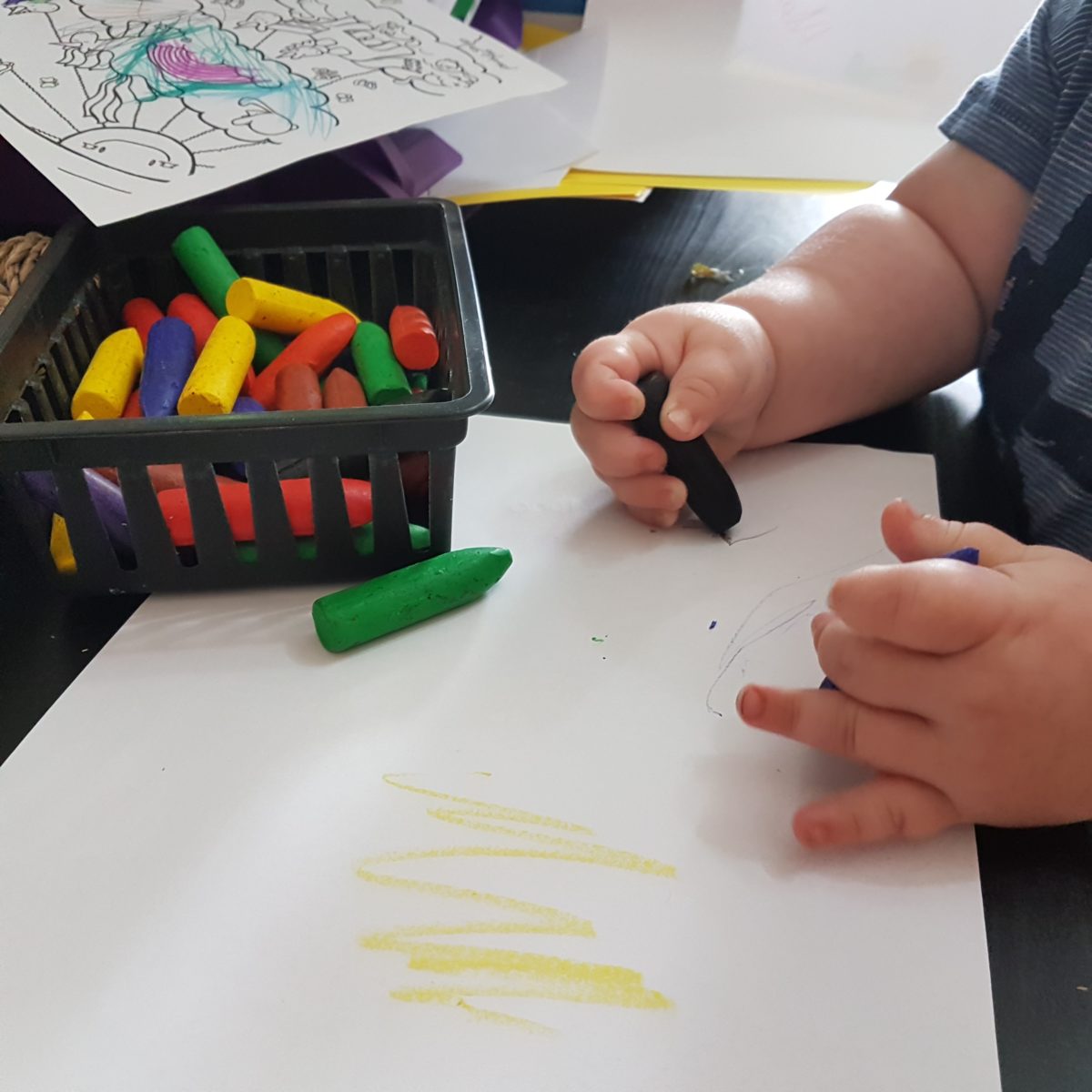Mark making is not all about writing letters and drawing pictures there are many fun ways to encourage children to enjoy making marks. Here are some of the things we do to support mark making
Play Dough
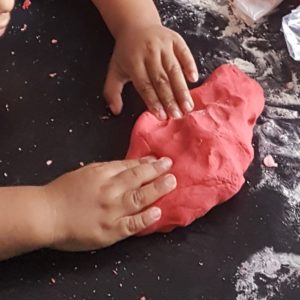

Not only is playing with play dough fun it is a great way for children to make connections between their movements and the marks they make.
Chalk

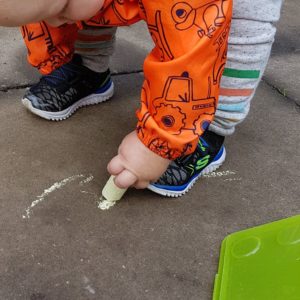
Chalk drawing can be used in many ways to create marks. In this picture the children used the chalk to make a big circle, then made hand prints and foot prints around the garden.
Painting
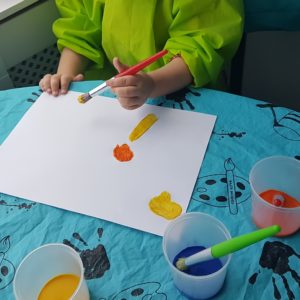
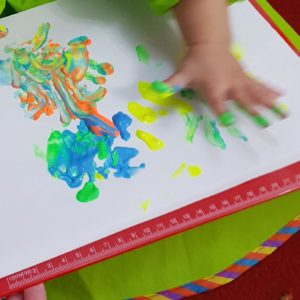
Painting is also a fun way to encourage mark making. I use painting to encourage the children to form letters and shapes. Children seem to enjoy picking up a paint brush more than a pencil.
Crayons and Pencils
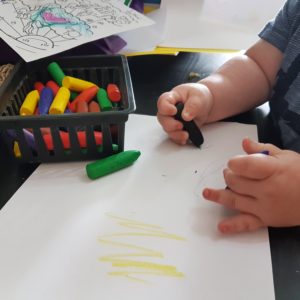
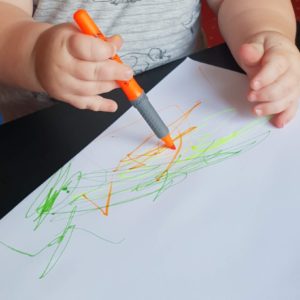
I found that crayons have been better for the younger ones to hold. They are small but a nice size for them them have a good grip. Although they need watching while they access this activity as the young ones like to see what they taste like.
Always give children a choice between the crayons and pencils this will help them move through the stages of development.
Points to consider when encouraging children to make marks:
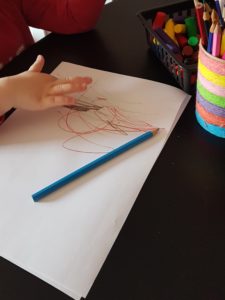
- Let them explore.
- Listen to what they have made
- Be excited about their pictures and writing when they tell you about them (even if you don’t see what the picture or writing is)
After the children are enjoying mark making you can slowly encourage new things e.g you draw a line and ask them to copy it. Just remember not too much at once, they may lose interest.
Sand play
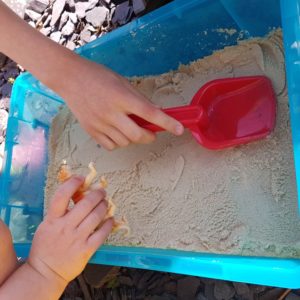
This is another fun way to encourage mark making. In this photo they used the spade to flatten out the sand before walking the animals across to see what foot prints they made.
Pencil control
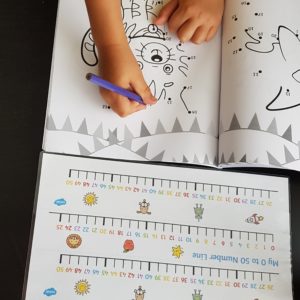
For the older children we used dot to dot books and number lines to help us find the next numbers. We then drew a line from one number to another.
Here are some fun ideas:
- Draw around hands and feet.
- Play 0 and X’s.
- Use colouring and activity books such as dot to dot or mazes.
- Make birthday cards or special occasion cards.
- Keep a diary.
- draw at a table, easel, blackboard, whiteboard or on concrete with chalks.
- Stencils or tracing.
- Write a shopping list.
Activities that develop and strengthen thumb, finger and wrist muscles
- Do up buttons on pyjamas and clothes
- Use tweezers to pick up small beads or toys and put them into a container.
- Remove coins from a purse one at a time.
- Tear up coloured paper for pasting or collage activities.
- Threading activities such as beads or lacing cards.
- Building with Duplo and Lego.
- Use stickers or sticky tape to stick things down.
- Rolling and kneading play dough.
